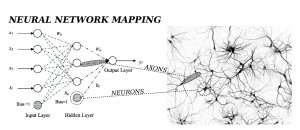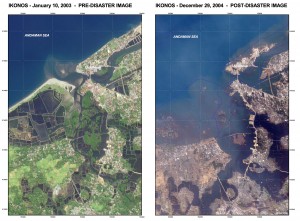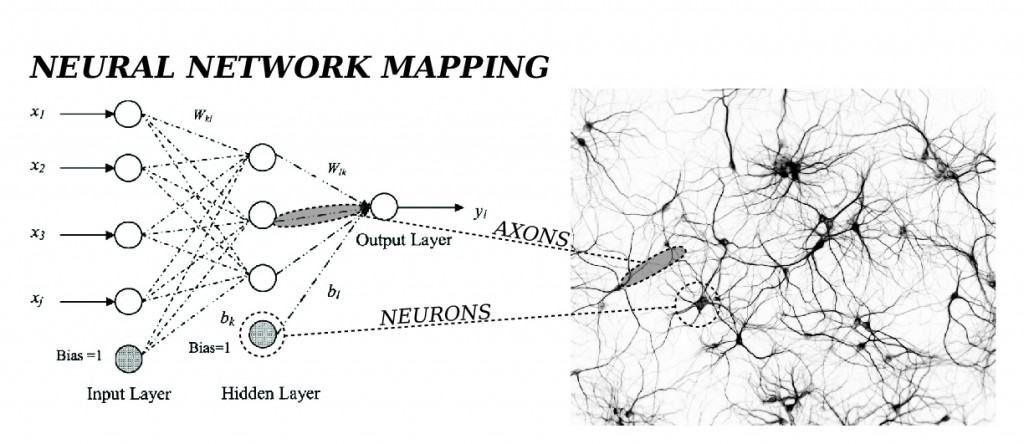

Though phase 1 of Final Project has come to an end, it’s worth mentioning the neural network, as compared to its synthetic partner: the artificial neural network. Neural networks encompass a system of pattern recognition used by the human (and animal) brain. As opposed to a feedback loop, neural networks behave according to a feed-forward loop. That is to say, an input enters the neural system, is processed by a “background layer” of neurons, and sent along to an output layer: the action. Though this seems like a fairly simple algorithmic procedure – a series of if-then statements – the speed at which the biological neural network processes inputs is astonishing, and perhaps in-replicable by machines.
Most important is that neural networks are adaptive. The success of the output action is weighted by neurons and new links are created. The network learns . It is easy to see why this would be an appealing science to recreate. Given our knack for reducing biological processes down to computer code (for better or worse), the ability for a network to adapt, to improve on its failure, is potentially very powerful. It has, in fact, crept up in more recent cases of natural disasters.
KONOS and ZKI (The Center for Satellite-based Crisis Information) ran before and after images of Banda Aceh, Indonesia through an artificial neural network. Devastated by the 2004 Indian Ocean Tsunami, one can clearly see the absence of coastal terrain in the after-image. The neural coding attempts to analyze the before-image – to understand where roads, highways, houses, schools are located. By establishing these loci through patterns in image pixelation, ZKI’s code can assess what parts of the city are cut out. It learns where there were once roads, and where there was once shelter. With over 90% accuracy, one can know prior to entering the territory, the most efficient route to a particular destination.
